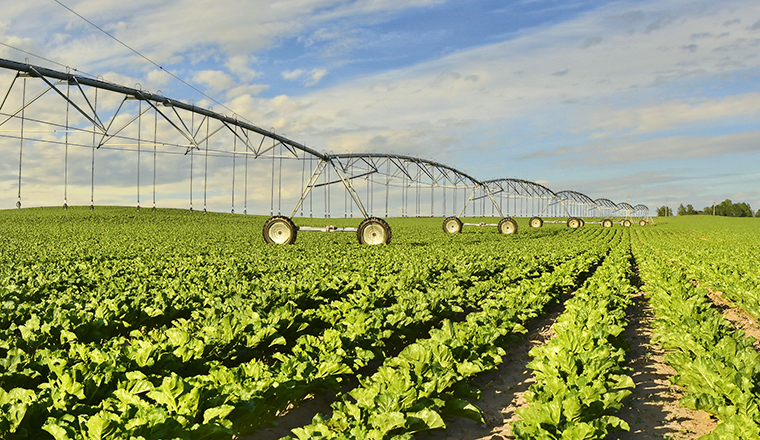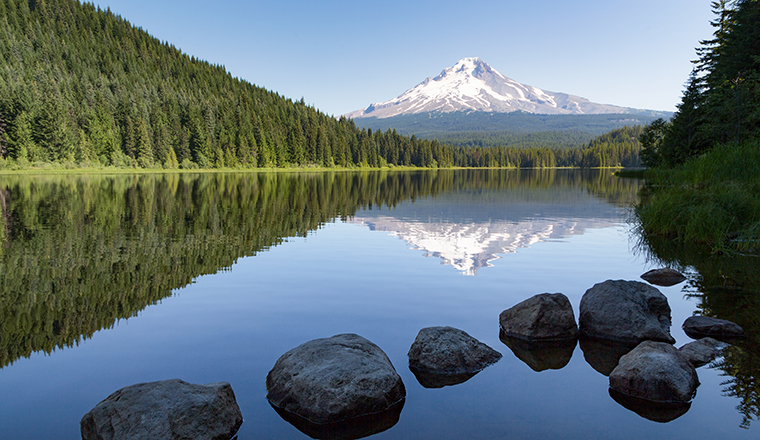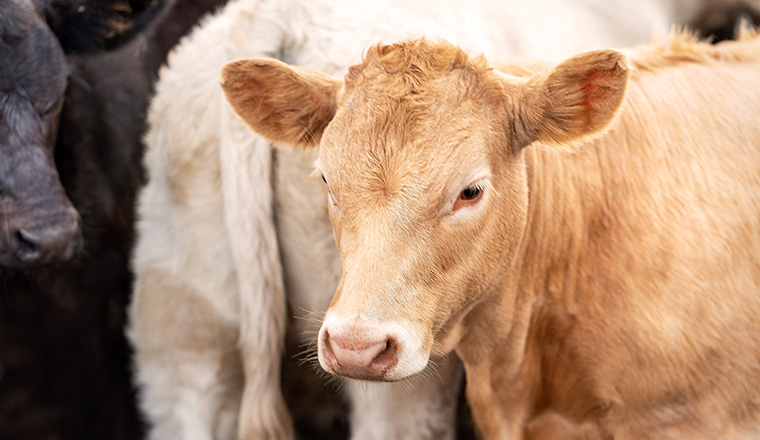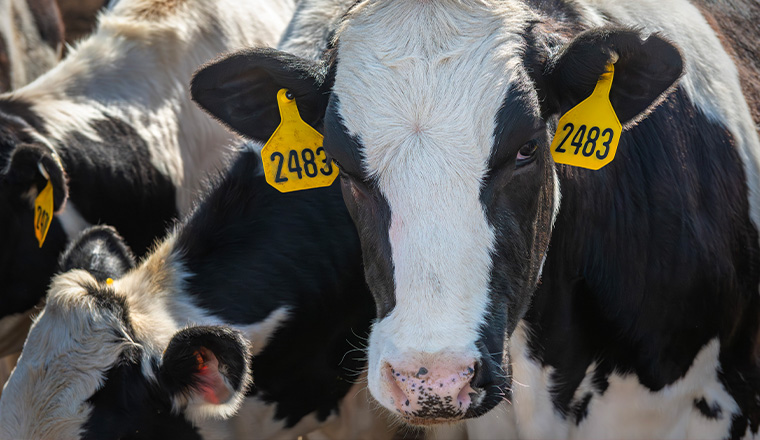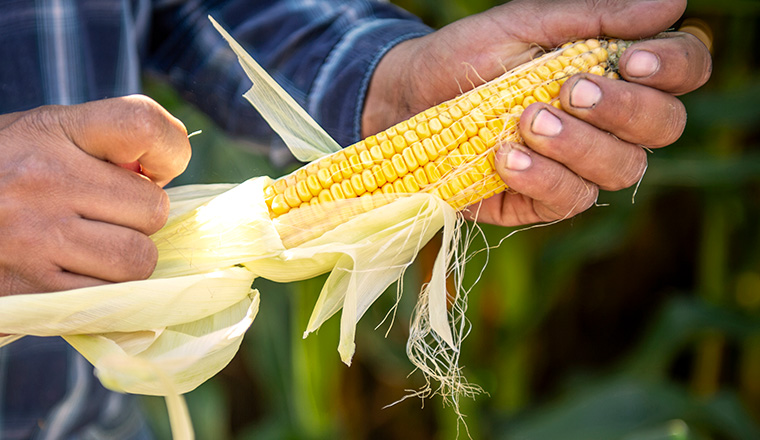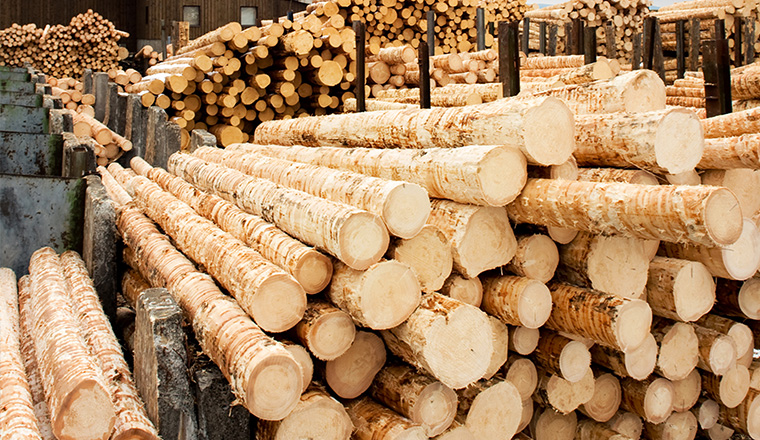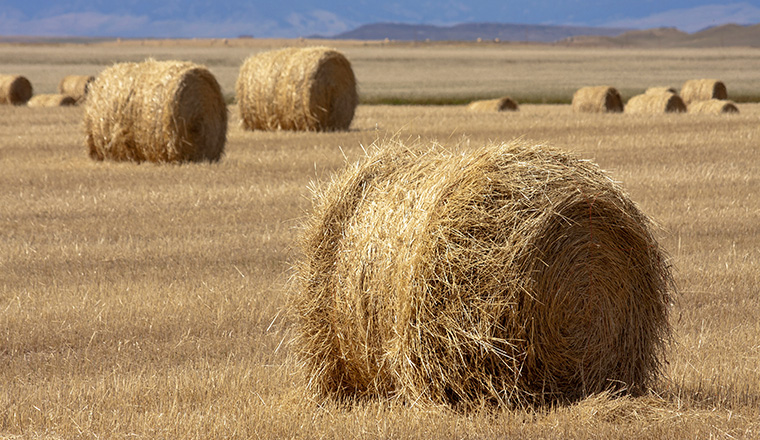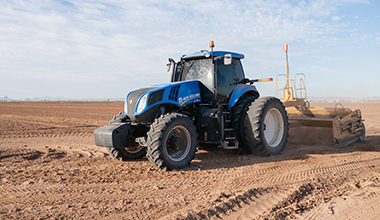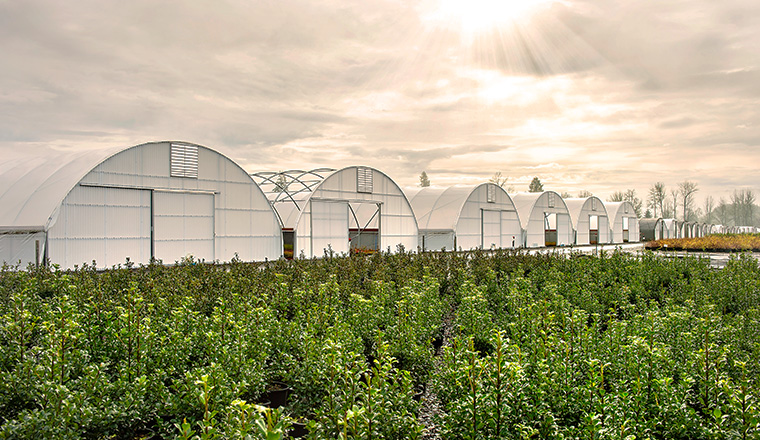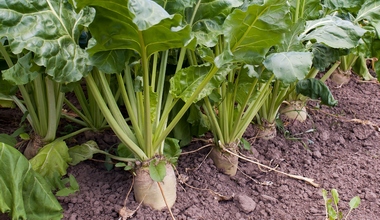Industry Insights

Industry Insights
Booms and Busts of Land Values
In recent years, farmland has been one of the investments of choice. Whether it is baby boomer farmers and ranchers, those in the growth mode, young producers, or outside investors, the appeal of farmland has been at an all-time high as inflation and risks in the general economy make investing in hard assets very compelling. However, what about the historical booms and busts? Let’s dig deeper into the subject to provide a historical perspective on this important asset, which often makes up over 80% of the total farm balance sheet.
Booms
The largest and most prolonged booms generally occurred during times of war and in the 1970s. In these periods, the annual appreciation sometimes peaked at over 20%. The strongest sustained growth was in the 1970s, during which farmland assets appreciated greater than 10% per year for approximately 70%of the decade. In each of these periods, inflation and supply and demand for commodities were factors contributing to price increases of land, which is a major wealth generator.
Busts
Let's move to the other end of the spectrum and discuss farmland busts. During the roaring 1920s when the general economy was doing well in the United States as a result of the Industrial Revolution, the agriculture industry was in the postwar doldrums. This spilled over into the 1930s during the Great Depression when land values declined 10% to 20% annually. This, coupled with the stock market re-entrenchment of more than 50% during that period, made wealth accumulation of that generation a very difficult task.
A decades-long period of appreciation culminated after the run-up of appreciation in the 1970s. During the 1980s farm crisis, land values nationwide declined 5% to 10% annually for five years. In some areas of the country, the total decline was over 50% from peak to valley.
After two decades of slow appreciation, another drop in land values occurred during the Great Recession. However, this decline was mostly confined to the Sunbelt states of Florida, Texas, Arizona and Southern California and was largely land in transition, meaning it was moving from farm and ranch land to potential housing developments.
Overall, land has been a long-term investment that has appreciated approximately 90% of the years since the beginning of World War II and almost 80% of the years since 1910.

